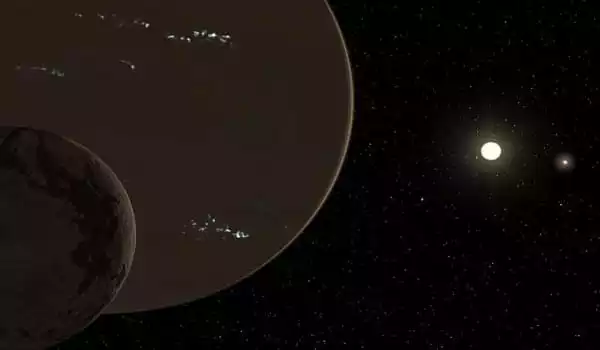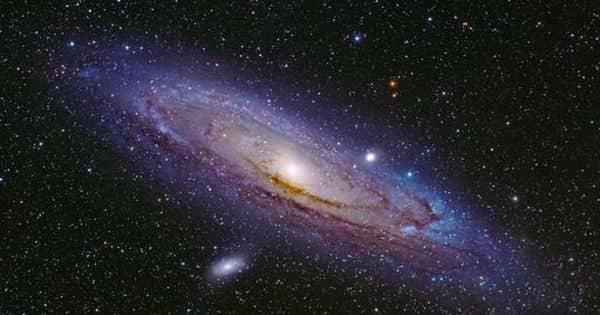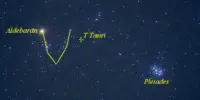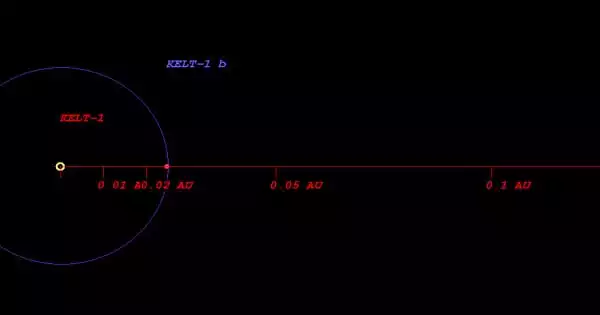Gamma Cephei Ab is an exoplanet located in the constellation Cepheus about 45 light-years away (the King). It is a gas giant exoplanet in the habitable zone of a K-type star. The planet was confirmed to be in orbit around Gamma Cephei A in 2002, but its existence had been suspected since 1988. (making this planet arguably the first true exoplanet discovered). It has a mass of 9.4 Jupiters, takes 2.5 years to complete one orbit around its star, and is 2.05 AU away from it.
The discovery of planet Gamma Cephei A b was first proposed in 1987 but was later withdrawn in 1992. However, new measurements in 2003 confirmed that it was, in fact, a planet– a giant exoplanet about twice the size of Jupiter that orbits a star 45 light-years away in 903 days.
The International Astronomical Union (IAU) launched NameExoWorlds in July 2014, a process for assigning proper names to certain exoplanets. The new names were chosen through public nomination and voting. Tadmor was chosen as the winning name for this planet by the International Astronomical Union in December 2015. It was proposed by the Syrian Astronomical Association and is the ancient Semitic name as well as the modern Arabic name for Palmyra, a UNESCO World Heritage Site.

Detection and discovery
1988 claims
The first reports of Gamma Cephei Ab were published in July 1988. The planet was tentatively identified by a Canadian team led by Bruce Campbell, Gordon Walker, and Stephenson Yang in 1989, and its existence was also announced by Anthony Lawton and P. Wright. Though unconfirmed, this would have been the first true discovery of an extrasolar planet, and it was hypothesized using the same radial velocity technique that others later used successfully. However, the claim was retracted in 1992 because the data quality was insufficient to make a solid discovery.
2002 confirmation
Gamma Cephei Ab was finally confirmed on September 24, 2002. The Planetary Systems and their Formation Workshop team of astronomers (including William D. Cochran, Artie P. Hatzes, and others) announced the preliminary confirmation of a long-suspected planet Gamma Cephei Ab with a minimum mass of 1.59 MJ (1.59 times that of Jupiter). When direct detection of the secondary star Gamma Cephei B allowed astronomers to better constrain the system’s properties, the parameters were recalculated.
Gamma Cephei Ab orbits the Sun in an elliptical orbit with a semimajor axis of 2.044 AU that takes nearly two and a half years to complete. The eccentricity is 0.115, which means it moves between 1.81 and 2.28 AU in the orbital distance around Gamma Cephei A, putting it somewhere between Mars’ orbit and the Solar System’s inner asteroid belt.
Hipparcos data from 2006 limits its mass to less than “13.3 MJ at the 95 percent confidence level, and 16.9 MJ at the 99.73 percent (3 σ) confidence level.” This isn’t much to go on, but it’s enough to rule out the possibility of another unseen brown or red dwarf.
















